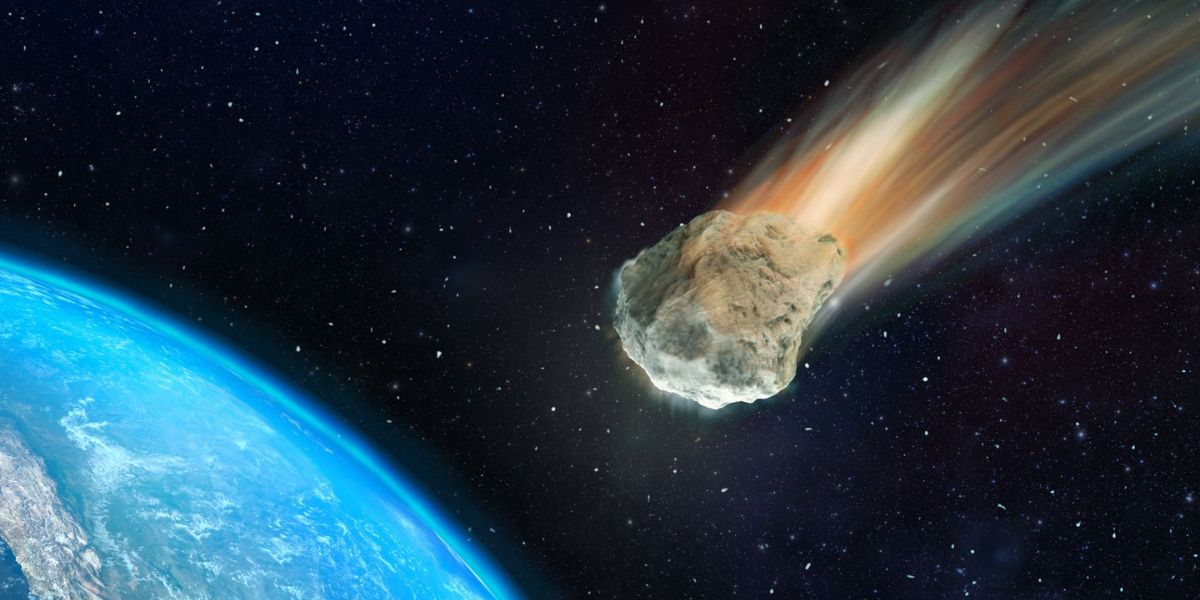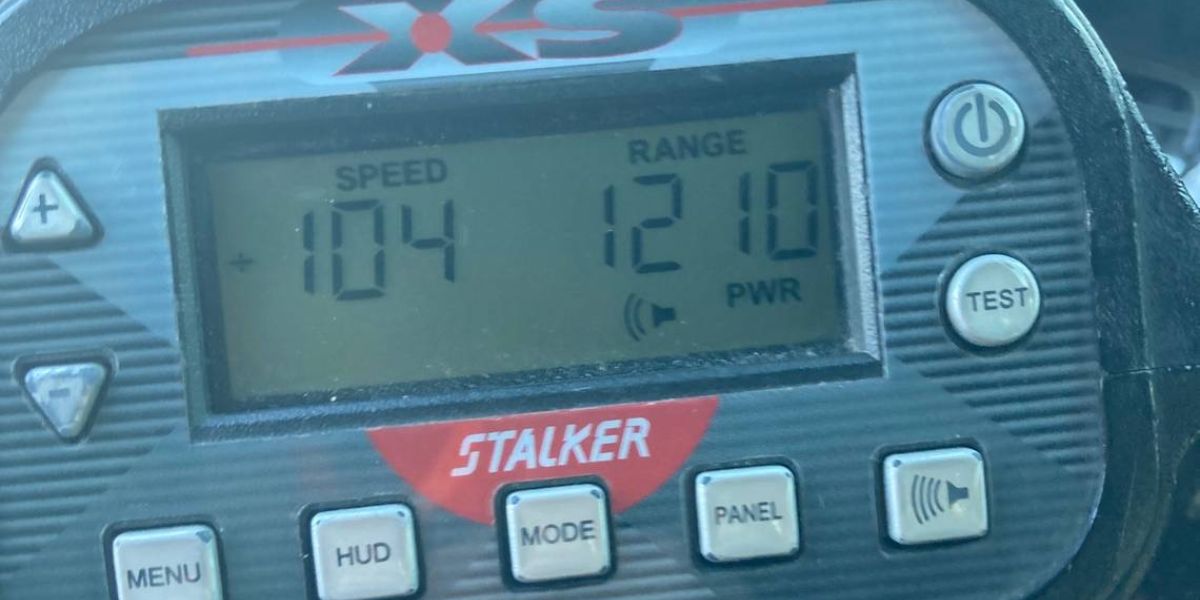Life doesn’t stop, it seems like the only thing that matters is what we do down here, and we barely ever look up. But Earth is like a small child you need to keep an eye on constantly, because anything can happen at any moment.
We’re not the centre of anything, yet up there, in the mysterious space that never stops surprising us, a giant asteroid is moving toward us. Meet it: it’s called 2014 TN17, and while it’s not especially close, astronomers have discovered that it has come much closer to Earth than it has in over 100 years of observation.
Even though it’s not going to hit us (for now, hopefully), it’s like a cosmic whisper reminding us that despite our daily problems and our technology, we’re at the mercy of the universe and entirely subject to its will. Want to know more about what’s happening up there? We’ll tell you.
What do we know about Asteroid 2014 TN17?
First of all, it’s not small. This asteroid is approximately 165 meters wide and travels at a dizzying speed of 61,155 km/h. This Wednesday, March 26, it will pass at 3.2 million miles from Earth, a distance that might seem safe, but it’s still classified as a potentially hazardous object by NASA (it’s enough to say that any celestial body over 150 meters can cause catastrophic damage in case of collision…). And this one, in particular, is called a “city killer.”
Why is it concerning?
Even though it’s passing millions of miles away from Earth, this gigantic rock is moving at 17.17 kilometres per second, just to give you some context. It’s classified as a Near-Earth Object (NEO) of the Apollo class, a group of rocks that have been pulled in by the gravitational force of other planets.
How is a NEO classified?
Simple: an object must come within at least 120 million miles of the sun or 30 million miles of Earth. And this big guy checks both boxes.
Why is it called a “city killer”?
Not to cause panic, but Apollo-type asteroids are real threats to Earth, mainly because their speed and size can cause massive devastation in case of impact, making them a “city killer” if they were to strike an urban area. But no, it wouldn’t be like that asteroid that wiped out the dinosaurs.
Can we be calm?
For now, yes, although the scientific community might not be so relaxed. They believe the Yarkovsky effect could alter its trajectory and push it out of the NEO category.
What is the Yarkovsky Effect?
It’s a phenomenon that happens when the sun’s heat causes uneven thermal radiation, which could end up changing the trajectory of these asteroids as they travel, possibly taking them out of the danger zone.
What’s up there?
Lots of asteroids, for sure. It wouldn’t be the first time an asteroid surprises scientists, back in 2023, asteroid 2024 MK came much closer than expected just shortly after being discovered, but just as it came, it went, and its orbit changed unexpectedly.
Monitoring and patience
NASA will continue monitoring this asteroid and will begin proposing an intervention plan. Even if no impact is expected, it’s always good to be cautious.
As in many other cases, they may detonate something near the asteroid to change its course, or directly detonate the asteroid itself. As long as it remains far away, astronomers will track its path with great precision to know when to act. What else can we expect to come from up there?







